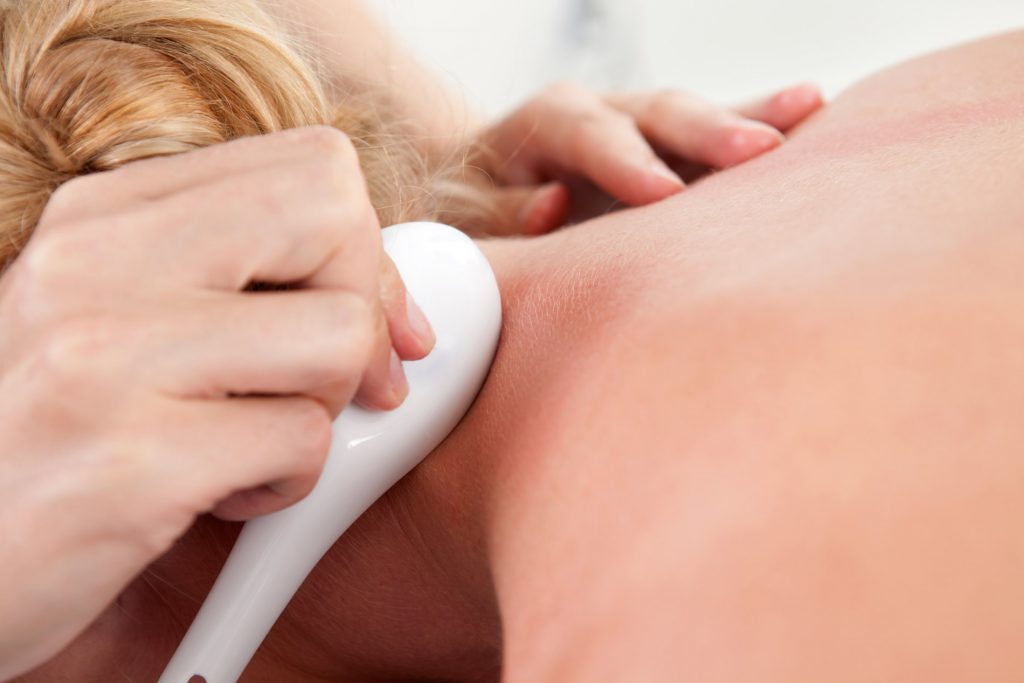Gua sha is an ancient healing technique used by many clinicians of Traditional Chinese Medicine. In this procedure, a lubricating medium, such as massage oil, is applied to the skin of the area to be treated. A smooth-edged instrument is used by the acupuncturist to apply short or long strokes on the skin, typically in the area of pain or on the back parallel to the spine. This stroking motion creates raised redness or bruising.
Pain, both acute and chronic, is the most common indication for gua sha. In the TCM tradition, pain is oftentimes caused by the stagnation of blood in the local area of discomfort. The guiding principle behind gua sha is that this technique has the ability to break up stagnation, to promote the smooth flow of blood in the area, thereby relieving pain.
While gua sha is most commonly used to treat pain, it can also be utilized by TCM clinicians to address conditions such as asthma, bronchitis, colds, flu, fever, heatstroke, fibromyalgia, strains, sprains, and muscle spasms.
There are several theories that may explain why this ancient technique works: gua sha increases blood flow (microcirculation) in the soft tissue, potentially stimulates the body’s natural pain-relieving opioid systems, and it may block the pain response pathways so you feel pain relief.



